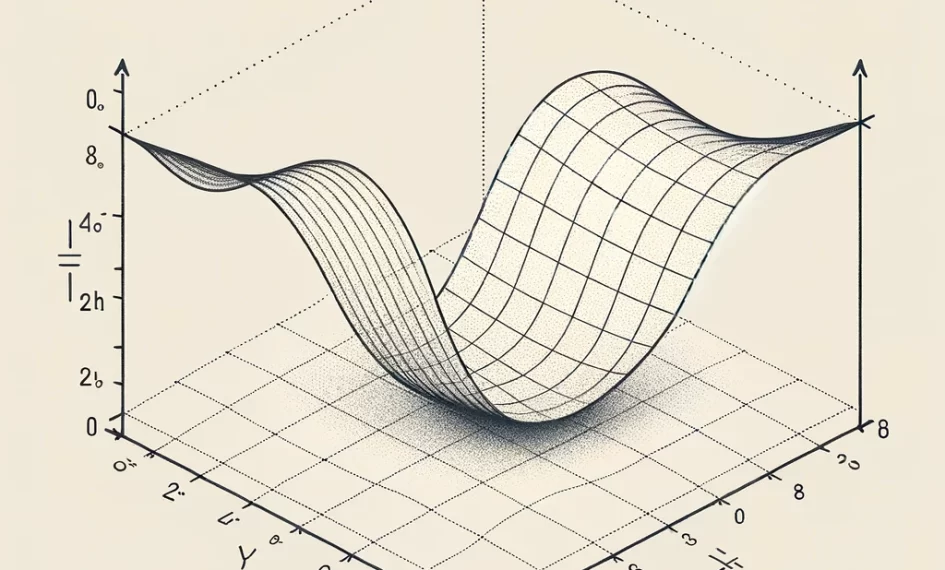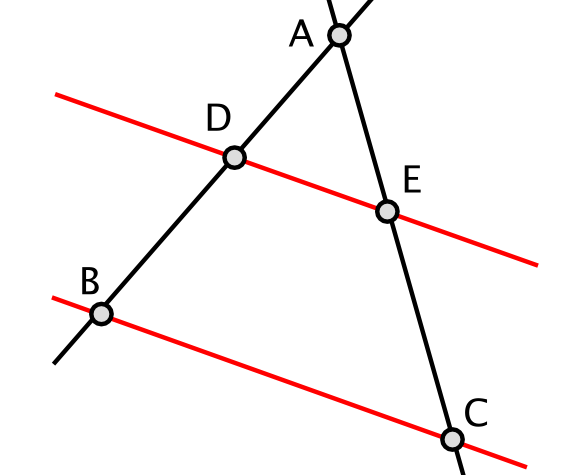- Definition: In its most general sense, a “graph” refers to a diagram showing the relationship between variable quantities, typically represented as lines or bars. In mathematics, particularly in graph theory, a graph is a collection of points, called vertices, connected by lines, called edges.
- Etymology and Origin:
- The word “graph” comes from the Greek “graphē,” which means “writing” or “drawing.” It is related to “graphein,” which means “to write.”
- The term began to be used in its modern sense in the 19th century with the development of graph theory in mathematics. The use of graphs as a means of representing data visually in the fields of statistics and science also became prevalent around this time.
- The concept of visually representing data or mathematical relationships has ancient roots. However, the specific term “graph” and its contemporary usage, especially in mathematical contexts, developed much later, influenced by advancements in mathematical and scientific thinking.
The evolution of the term “graph” illustrates the transition from a general concept of writing or drawing to a specific and technical term in mathematics and data representation, reflecting the increasing sophistication and abstraction in these fields.


